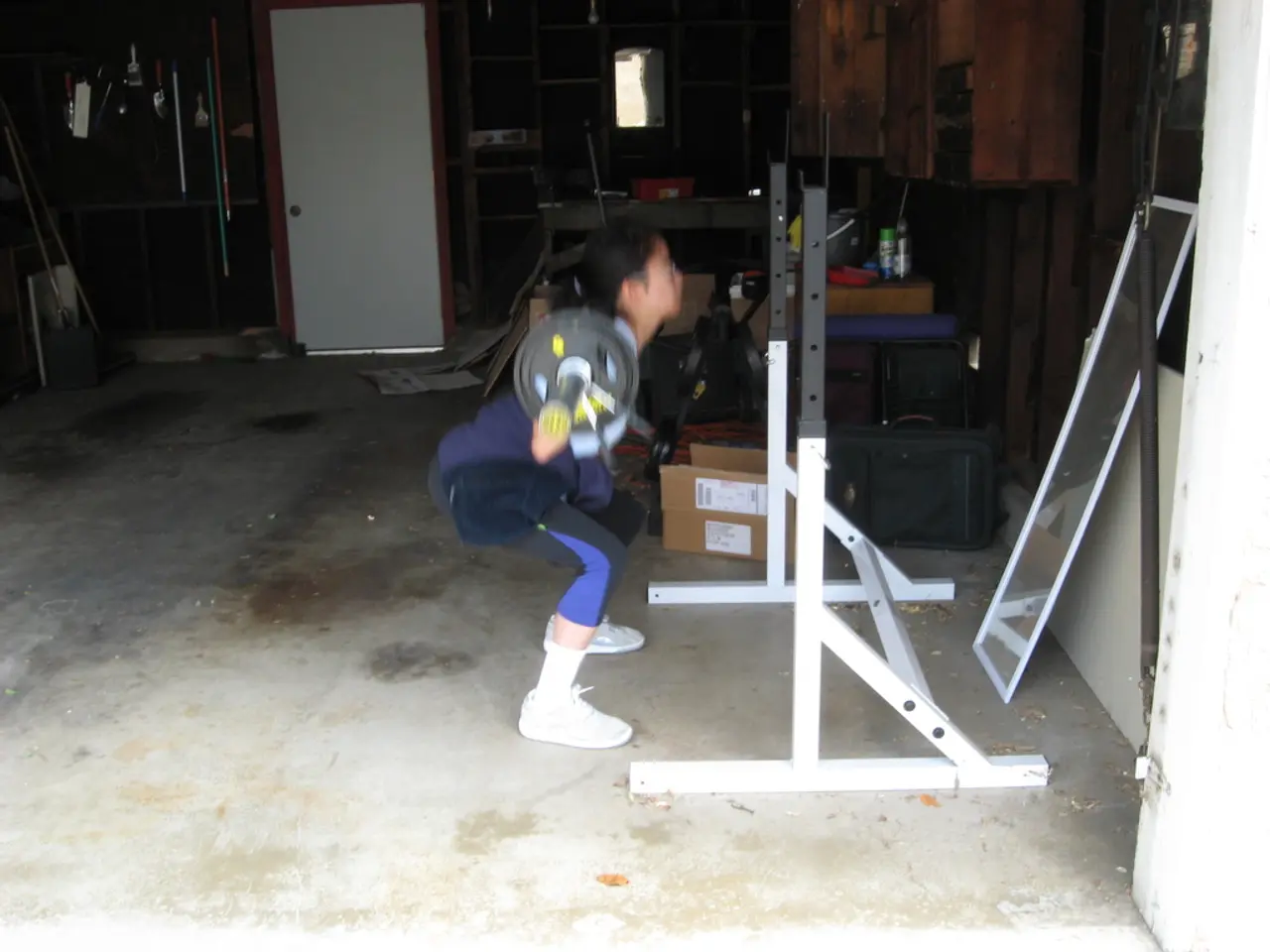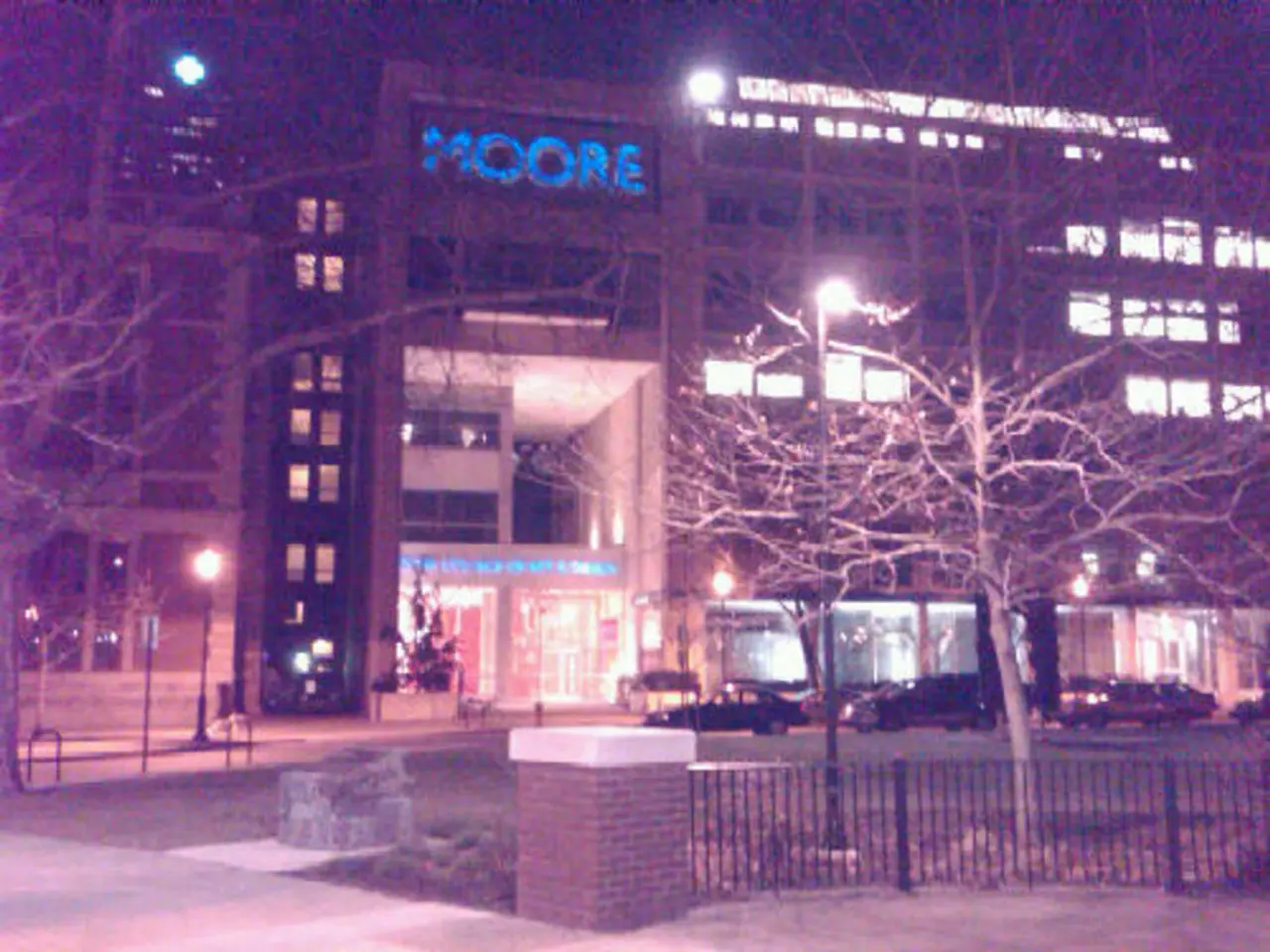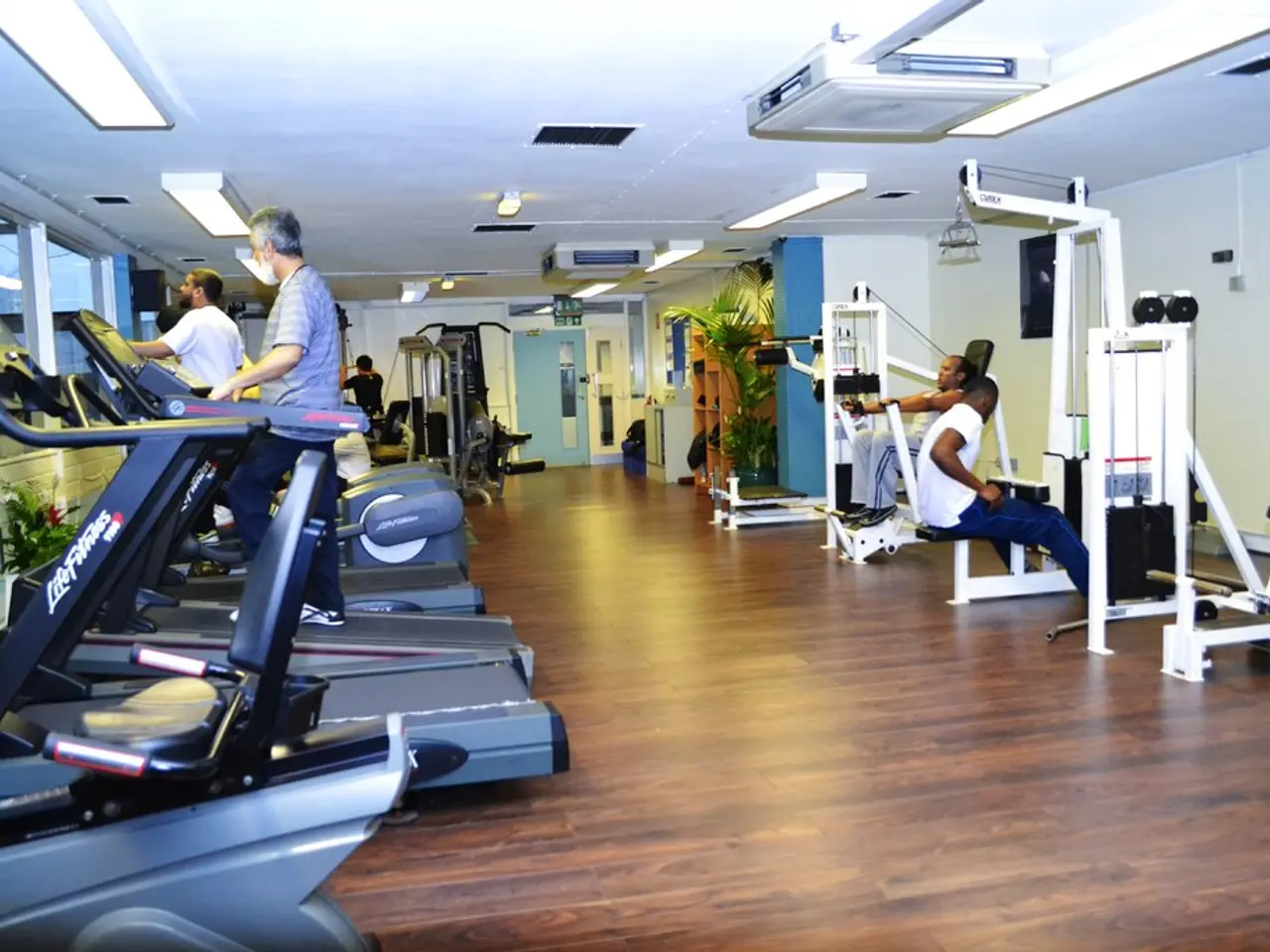A Fresh Take on Reinventing Tallinn's Healthcare Landscape: Merging or Isolating?
Harsh Proposal: A Huge Medical Center Might Be Excessive
Have you ever heard the saying, "Don't put all your eggs in one basket?" This sentiment rings true when considering Tallinn's healthcare system. While merging hospitals for a unified system might seem appealing, it's crucial to weigh the pros and cons, particularly regarding the North Estonia Medical Center (PERH).
On one hand, a consolidated healthcare system could streamline services in Tallinn, leading to improved quality management. The merger would create a single healthcare group encompassing Tallinn's central hospitals, enhancing system-wide coordination and efficiency [2, 4].
Minister of Social Affairs Karmen Joller, for instance, points to the accounting-based consolidations of PERH and Tartu University Hospital as evidence of successful mergers, implying a promising outlook for consolidation in Tallinn [2].
Moreover, since Tallinn hospitals account for a substantial portion of Estonia's specialized medical care (46%), bed capacity (over half), and healthcare workforce (nearly one-third) [2], unified management becomes essential. The city aims to invest in modern infrastructure, such as a new medical campus, viewed as a more feasible option compared to costly renovations [4].
On the other hand, maintaining PERH's independence is crucial to preserve competition within Tallinn's healthcare system. As a state-owned medical center with a strong standing, PERH's autonomy is essential to ensure balanced service provision [1, 3]. Financial and resource challenges associated with PERH's difficult situation necessitate careful consideration before fully integrating it with other hospitals [4].
Additionally, investments in PERH's human resources could be compromised by merging. Independent management positions PERH well to focus on specialized staffing needs and retain skilled healthcare workers, both vital for maintaining quality care [1].
Once we delve deeper into the proposed merger, it's clear that initial, mostly administrative changes are underway. A truly substantive merger involving unified service delivery and quality management remains a complex goal, emphasizing the challenges of integrating PERH into the fold [2].
In essence, the debate swirls around a delicate balance: streamlining healthcare delivery through large-scale consolidation versus maintaining PERH's autonomous strengths. Let's not forget the importance of investing in human resources, as they're the backbone of any healthcare system [1][2][4].
Resources:
- Kaljurand, A. (2020, November 1). The limits of hospital mergers in Estonia. ERR News. Retrieved from https://err.ee/1117328/the-limits-of-hospital-mergers-in-estonia
- Raasiku, K. (2021, March 5). Estonian Government Agrees to Fund Integrated Management of Tallinn Hospitals. Postimees. Retrieved from https://www.postimees.ee/13945722/estonian-government-agrees-to-fund-integrated-management-of-tallinn-hospitals
- Sillamaa, A. (2020, December 3). Nordic Model Hospital or Political Betting? Åland's Free Newspaper. Retrieved from https://www.fn.ax/artiklar/2020/12/03/nordic-model-hospital-eller-politisk-spelhingstall-
- T ('20). Alexander Kull: Hospital merger brings renewal but risks centralization. The Baltic Times. Retrieved from https://baltictimes.com/article/113353/alexander-kull-hospital-merger-brings-renewal-but-risks-centralization/
- In discussions about Tallinn's healthcare landscape, it is important to consider the potential impact of merging hospitals on workplace wellness, mental health, and overall fitness and exercise.
- Considering the North Estonia Medical Center's (PERH) focus on various therapies and treatments, merging could provide an opportunity to enhance the center's medical-conditions care, but it might also lead to resource challenges that would impact nutrition and healthcare workforce.
- Proponents of maintaining PERH's independence advocate for preserving competition, as it could improve specialized staffing needs, retain skilled healthcare workers, and ensure quality care in health and wellness.
- A unified healthcare system in Tallinn could drive improvements in healthcare workforce, infrastructure, and coordination, ultimately optimizing the delivery of quality care and services, provided that the complexities of integration are carefully navigated.








